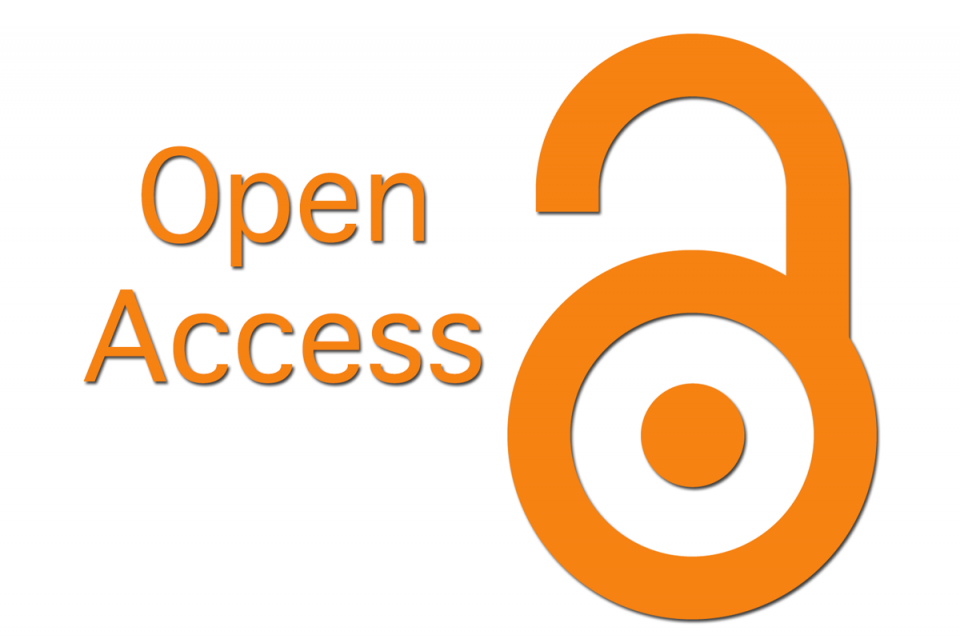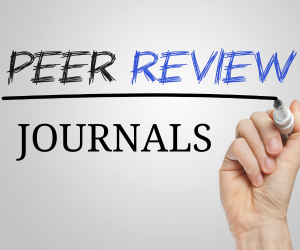Analyzing Linguistic Errors in English Essay Writing: A Case Study of ESL Learners at FG Secondary Schools in Okara, Pakistan
DOI:
https://doi.org/10.48047/HM.10.1.2024.1988-2004Keywords:
error analysis, ESL, essay writing, Junko Otoshi, linguistic taxonomy, grammatical errors, verb, article, wrong word, sentence structure, FG school, OkaraAbstract
This study examined the various linguistic errors made by students in grades 6, 7, and 8 at three FG Secondary Schools in Okara, Pakistan, during the academic year 2023-24. The study included 45 male and 45 female students, selected from a purposive sample of 90 students, and ages ranging from 11 to 13 years. Students were required to write an essay of their own choosing on the topic My School. Experienced teachers reviewed these essays to categorize them based on key linguistic mistakes. Junko Otoshi’s (2005) Linguistic Taxonomy of Grammatical Errors served as the analytical framework, focusing on five error categories: verb, noun, article, wrong, and construction mistakes. The study identified a total of 878 errors, with verb errors dominating wrong word errors, closely followed by sentence structure errors, noun ending errors, and article errors. Comparison of mistakes made in each grade indicated that 6th-grade students made the highest error percentage of 52%, 7th graders made 33%, and 8th-grade students made only 15% of the total mistakes. According to gender distribution, male students contributed 51% of errors, while female students contributed 49%. The results stress the importance of individual instructional interventions for error types to build up improved English and writing proficiency in ESL classrooms. The suggestions based on the results of this research contain useful information for enhancing the teaching of the English language in similar schools.
Downloads
References
Alhaysony, M. (2012). The significance of error analysis in second language teaching. International Journal of Applied Linguistics & English Literature, 1(3), 141-150.
Anbar, A., & Samad, A. (2022). An analysis of errors made by Pakistani EFL students in English writing. Journal of Language and Linguistics Studies, 18(2), 215-227.
Anefnaf, H. (2017). Error analysis and its relevance in the language teaching process. International Journal of Language Teaching and Research, 6(2), 123-136.
Bitchener, J., & Knipe, S. (2008). The effectiveness of corrective feedback in second language acquisition. Journal of Second Language Writing, 17(4), 295-307.
Bley-Vroman, R. (1990). The logical problem of foreign language learning. Linguistic Analysis, 20(1-2), 3-49.
Brown, H. D. (2007). Principles of language learning and teaching (5th ed.). Pearson Education.
Chandra, R. (2017). Cognitive and strategic aspects of error analysis in second language learning. Language Research Review, 3(4), 88-95.
Corder, S. P. (1967). The significance of learners' errors. International Review of Applied Linguistics, 5(4), 161–170.
Ellis, R., & Barkhuizen, G. (2005). Analysing learner language. Oxford University Press.
Erdogan, V. (2005). Contribution of error analysis to foreign language teaching. Journal of Language and Linguistic Studies, 1(1), 1-15.
Farooq, M. S., Khan, M. A., & Nadeem, M. (2012). Errors in second language writing: A case study of Pakistani students. Journal of Education and Practice, 3(6), 65-72.
Fitzpatrick, A. (2008). The role of gender in second language acquisition. Language Learning Journal, 36(1), 1-12.
Hasnain, S. (2022). Grammatical errors in the English writing of Pakistani students: A study of second language learning. Journal of Applied Linguistics and Language Research, 19(2), 34-45.
Hinkel, E. (2004). Teaching academic ESL writing: Practical techniques in vocabulary and grammar. Lawrence Erlbaum Associates.
Jabeen, F. (2013). Challenges in English language learning in Pakistan: An ESL perspective. Journal of Language Teaching and Research, 4(5), 1053-1060.
Jie, L. (2008). A comparison between contrastive analysis and error analysis. Journal of Language Teaching and Research, 6(3), 445-456.
Jobeen, K., Azami, M., & Mohebi, S. (2015). The role of error analysis in second language acquisition. International Journal of Applied Linguistics and English Literature, 4(5), 91-96.
Jobeen, S., Ali, A., & Khan, N. (2015). Error analysis in second language learning: A tool for improving English proficiency. Journal of Applied Linguistics and Language Research, 2(6), 12-20.
Koka, H. (2017). Error analysis: Its relevance in second language acquisition. International Journal of Applied Linguistics, 5(1), 23-35.
Kushniruk, T. (2021). The role of error analysis in language teaching and learning. Journal of Language Teaching and Research, 12(1), 53-60.
Littlewood, W. (1984). Foreign and second language learning: Language acquisition research and its implications for the classroom. Cambridge University Press.
Liu, J. (2009). The challenges of writing in a second language. Journal of Second Language Writing, 18(3), 187-202.
Mahmoud, A. (2011). Error analysis: A tool for enhancing language teaching practices. Language Teaching Research Journal, 10(3), 101-112.
Marzoughi, R., & Ghanbari, S. (2015). Error analysis in second language acquisition: An overview. Iranian Journal of Language Teaching Research, 3(1), 14-25.
Master, P. (2002). The English article system: Acquisition, function, and pedagogy. TESOL Quarterly, 36(2), 295-317.
McDowell, M. (2020). The evolution and current state of error analysis in second language acquisition. Linguistics and Language Teaching Review, 12(4), 203-218.
Miko, T. (2018). Error analysis in second language learning: A review of research. Language Learning Journal, 46(2), 65-78.
Otoshi, J. (2005). A linguistic taxonomy of grammatical errors in second language acquisition. Asian EFL Journal, 7(3), 75-100.
Otoshi, J. (2005). Linguistic taxonomy of grammatical errors in second language learning. Journal of Language Teaching and Learning, 12(3), 45–59.
Parameswari, T., Karthik, R., & Devi, P. (2024). Error analysis in second language acquisition: An exploration of writing errors. Language and Linguistics Journal, 8(1), 22-36.
Riri, T., Li, C., & Khan, S. (2018). Error analysis in second language acquisition: Cognitive and behavioral perspectives. International Journal of English Language Teaching, 6(4), 25-34.
Tulldahl, D. (2004). Research on error analysis: Trends and perspectives. Applied Linguistics Journal, 25(3), 89-103.
Downloads
Published
Issue
Section
License
Copyright (c) 2025 Author

This work is licensed under a Creative Commons Attribution 4.0 International License.
You are free to:
- Share — copy and redistribute the material in any medium or format for any purpose, even commercially.
- Adapt — remix, transform, and build upon the material for any purpose, even commercially.
- The licensor cannot revoke these freedoms as long as you follow the license terms.
Under the following terms:
- Attribution — You must give appropriate credit , provide a link to the license, and indicate if changes were made . You may do so in any reasonable manner, but not in any way that suggests the licensor endorses you or your use.
- No additional restrictions — You may not apply legal terms or technological measures that legally restrict others from doing anything the license permits.
Notices:
You do not have to comply with the license for elements of the material in the public domain or where your use is permitted by an applicable exception or limitation .
No warranties are given. The license may not give you all of the permissions necessary for your intended use. For example, other rights such as publicity, privacy, or moral rights may limit how you use the material.







